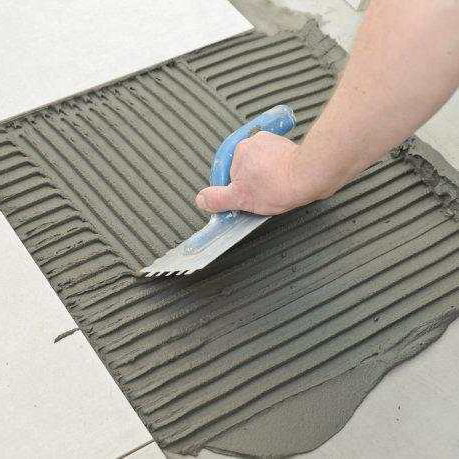
Jul . 29, 2024 22:01 Back to list
Exploring the Relationship Between HPMC Density and its Impact on Formulation Properties and Performance
Understanding HPMC Density Properties and Applications
Hydroxypropyl methylcellulose (HPMC) is a widely used compound in various industries, particularly in pharmaceuticals, food, and construction. It is a semisynthetic polymer derived from cellulose, and its unique properties, such as bio-compatibility, film-forming ability, and thickening characteristics, make it an excellent material for diverse applications. One of the critical parameters of HPMC is its density, which significantly influences its performance and functionality in formulations.
What is HPMC Density?
Density, in a general sense, is defined as mass per unit volume. For HPMC, its density can vary depending on several factors, including the degree of substitution, molecular weight, and the specific formulation used. Generally, HPMC possesses a bulk density ranging from 0.3 to 0.6 g/cm³, with variations influenced by its viscosity grades and water content. Understanding HPMC density is crucial for formulators, as it affects the flow properties, dissolution rates, and the overall efficacy of the final product.
Factors Influencing HPMC Density
1. Molecular Weight HPMC comes in various molecular weights which directly correlate to its viscosity. Higher molecular weight HPMC tends to exhibit a lower density due to the increased entanglement of polymer chains, leading to a fluffier texture. Conversely, lower molecular weight HPMC may have a higher density due to less chain entanglement.
2. Degree of Substitution The degree of substitution (DS) refers to the average number of hydroxyl groups in the cellulose molecule that have been replaced by hydroxypropyl and methyl groups. A higher DS typically results in increased solubility and altered physical properties, which can also impact density. As more hydroxyl groups are substituted, the overall density may decrease due to changes in hydrogen bonding and molecular interactions.
hpmc density

3. Moisture Content HPMC is hygroscopic, meaning it can absorb moisture from the environment. This absorption can lead to variations in density, especially when HPMC is stored in humid conditions. The presence of water can cause swelling of the polymer, thus changing the volume and density.
Applications of HPMC with Consideration of Density
1. Pharmaceutical Formulations In drug delivery systems, the density of HPMC affects how drugs are released from tablets or capsules. Lower density HPMC may facilitate faster dissolution rates, which is crucial for immediate-release formulations, while higher density HPMC can be advantageous for controlled-release systems, allowing for a sustained release profile.
2. Food Industry HPMC is used as a thickening agent and stabilizer in various food products. The density influences not just texture, but also the mouthfeel and viscosity of sauces, dressings, and dairy products. Formulators must choose the right density of HPMC to achieve the desired consistency in their food products.
3. Construction Materials In construction, HPMC serves as a water-retaining agent in mortars and plasters. The density can affect workability, adhesion, and setting times. A proper understanding of density is essential to formulate products that meet the needs of various construction applications.
Conclusion
HPMC density plays a pivotal role in determining the performance of this versatile polymer across numerous industries. By understanding the factors that influence density, formulators can tailor their products to achieve desired characteristics and functionalities. As research and development in the fields of materials science and polymer chemistry continue to evolve, HPMC remains a critical component in many formulations, emphasizing the need to fully understand its properties, particularly density. Thus, ongoing studies and innovations will further expand the applications and efficiency of HPMC in both existing and emerging markets.
-
Versatile Hpmc Uses in Different Industries
NewsJun.19,2025
-
Redispersible Powder's Role in Enhancing Durability of Construction Products
NewsJun.19,2025
-
Hydroxyethyl Cellulose Applications Driving Green Industrial Processes
NewsJun.19,2025
-
Exploring Different Redispersible Polymer Powder
NewsJun.19,2025
-
Choosing the Right Mortar Bonding Agent
NewsJun.19,2025
-
Applications and Significance of China Hpmc in Modern Industries
NewsJun.19,2025







